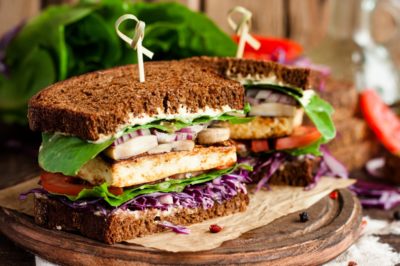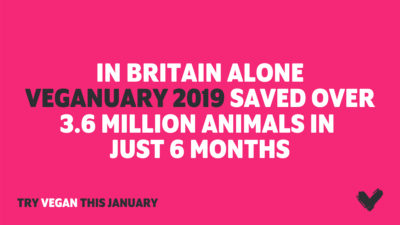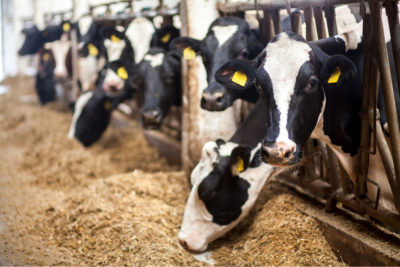Food can suddenly feel quite foreign when you decide to try vegan. Our vegan label reading guide will help!
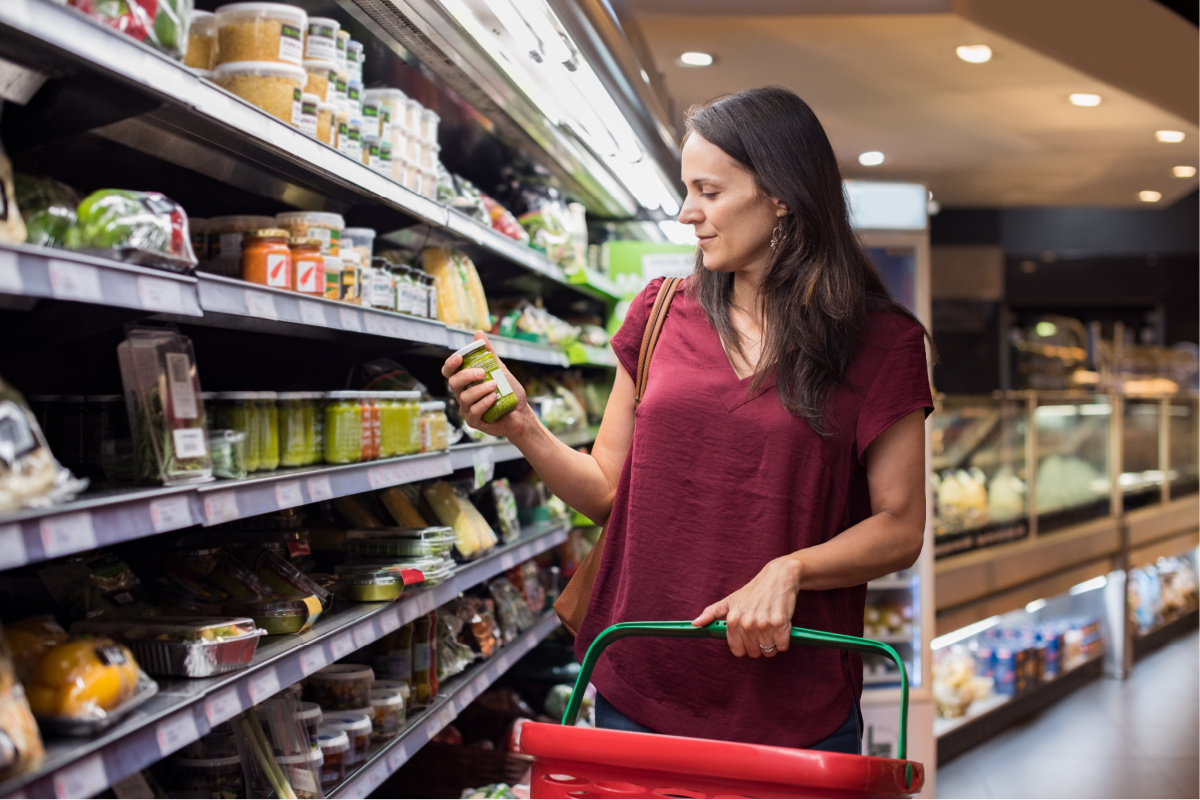
It’s an odd sensation when you realise that you don’t actually know what’s in most of the foods you eat. You start to question even the most obvious, and your local supermarket suddenly feels like uncharted territory.
But don’t panic. We’re not talking about learning a language here – within a week you’ll have graduated to Expert Label Reader status, and by the end of the month you’ll be able to add another word to that title: Expert Label Speed Reader. Vegans can read labels astonishingly quickly, it’s like a super power. But we’ll let you in on a little secret, it’s only because we know what to look for…
Below are a few tips that’ll have you throwing items into your shopping trolley with confidence! Refer to this as often as necessary. And if in any doubt, it is probably best to leave it out.

Does it say vegan on the label?
There’s never been a better time to go vegan! There are more options available than ever before, and the internet means we can check up on almost anything, whenever we need.
However, the food labels of the world are still playing catch up, and it’s a rarity to pick up something and find it labelled ‘vegan’. So does that mean your food choices have suddenly plummeted to the sum total of the fruit and veg aisle? No. It just means you have to be a bit clever.
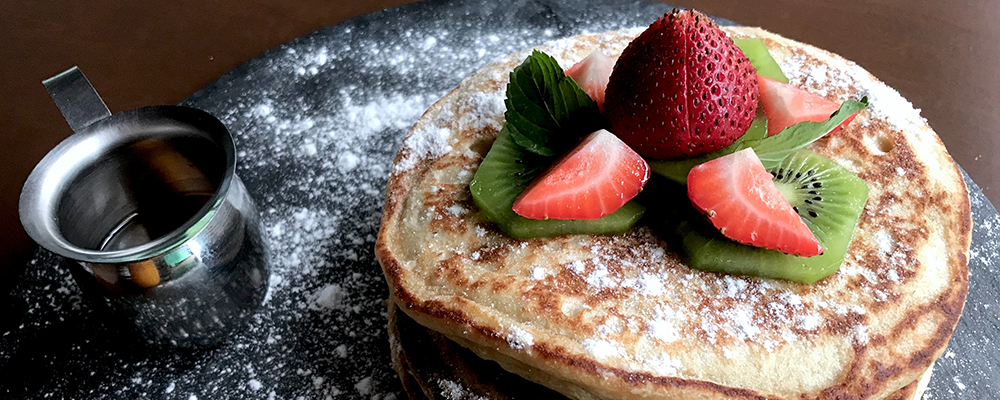
Vegetarian labelling
Many labels will obviously state if something is vegetarian, so our first tip is to look for that…
Legally, a company must explicitly state what allergens are contained in a product, and these will typically highlighted in bold within the ingredients list, or stated separately below it.
If you see a non-vegan allergen ingredient (eggs, milk, whey and casein are usual suspects) then that item isn’t vegan. If none are listed, then it is very likely vegan. But this is where the list below becomes your best friend.
Always scan any ingredients list (vegetarian labelled or not) for any of the following.
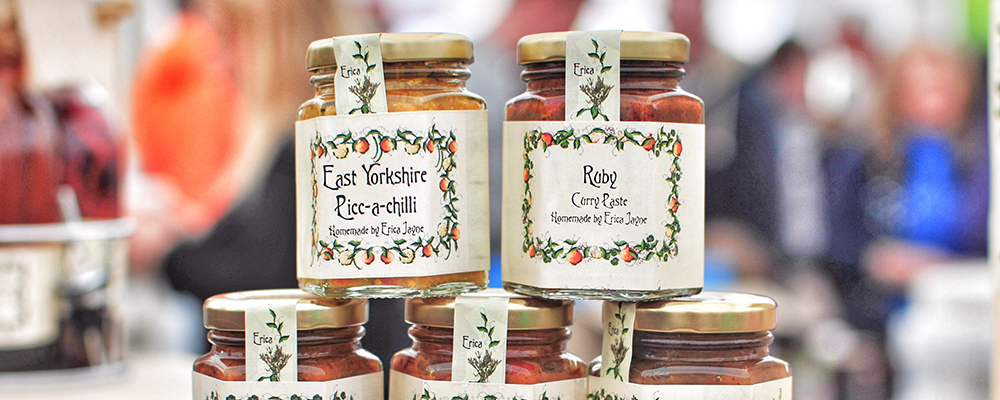
If you see one of these listed then the product is not *vegan
This is the part of our vegan label reading guide you’ll probably refer to the most.
• Casein – from milk (a protein)
• Lactose – from milk (a sugar)
• Whey – from milk. Whey powder is in many products, look out for it in crisps, bread and baked products etc.
• Collagen – from the skin, bones, and connective tissues of animals such as cows, chickens, pigs, and fish – used in cosmetics
• Elastin – found in the neck ligaments and aorta of bovine, similar to collagen
• Keratin – from the skin, bones, and connective tissues of animals such as cows, chickens, pigs, and fish
• Gelatine/gelatin – obtained by boiling skin, tendons, ligaments, and/or bones and is usually from cows or pigs. Used in jelly, chewy sweets, cakes, and in vitamins; as coating/capsules
• Aspic – industry alternative to gelatine; made from clarified meat, fish or vegetable stocks and gelatine
• Lard/tallow – animal fat
• Shellac – obtained from the bodies of the female scale insect Tachardia lacca
• Honey – food for bees, made by bees
• Propolis – used by bees in the construction of their hives
• Royal Jelly – secretion of the throat gland of the honeybee
• Vitamin D3 – from fish-liver oil; in creams, lotions and other cosmetics
• Albumen/albumin – from egg (typically)
• Isinglass – a substance obtained from the dried swim bladders of fish, and is used mainly for the clarification of wine and beer
• Cod liver oil – in lubricating creams and lotions, vitamins and supplements
• Pepsin – from the stomachs of pigs, a clotting agent used in vitamins
*We’ve only addressed the ingredients that are likely to be unfamiliar to Veganuary participants. We haven’t listed the ‘obvious’ like chicken or beef, or specific types of fish or shellfish.
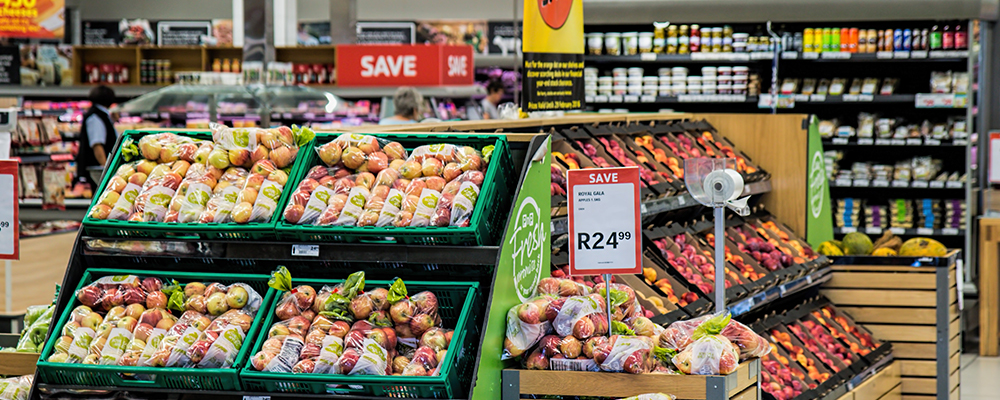
E numbers
Food additives have to be declared in lists of ingredients, and are referred to as ‘E numbers’. E120, for example, is a food colouring made from crushed insects. Yum.
‘May contain’ labelling
A manufacturer must declare whether a product is made in a factory where allergens are present. You may be confused when you see a label that appears to be free from any non-vegan ingredient and then states ‘may contain milk’ (for example).
This is a legal requirement and does not mean the product is not vegan.

A few things to watch out for…
• ‘Dairy-free’ or ‘lactose-free’ doesn’t necessarily mean vegan – in fact, more often than not, they’re not vegan. Read these labels as you would any other.
• Glycerin(e)/glycerol, lactic acid, mono or diglycerides, and stearic acid can all be from slaughterhouse fat, but could also be vegan. If they are plant-derived then it should say so on the label.
• Some white sugar can be refined using animal bone char. (Also, don’t be fooled by the name ‘brown sugar’, as it is just white sugar mixed with molasses.) Click here for a list of vegan sugar suppliers.
If in doubt about any of the above then it is best to contact the manufacturer directly. Contacting these companies directly is also positive in that it highlights the need for better labelling, and promotes demand for vegan products at the same time.
Contacting the manufacturer
There will be instances where you might still be unsure if something is vegan. Typically this is when an item is labelled as ‘vegetarian’ and contains an ingredient which may or may not be vegan, but there are no further details to confirm this either way.
What you do here is entirely over to you, but you may want to make contact with the manufacturer directly – especially if it’s a food you used to buy a lot and you’re wanting peace of mind.
If you do choose to get in touch then here’s a little tip: be specific. If you just ask ‘is it vegan?’ a lot of the time they’ll just play it safe and say no.
A good question to ask is, ‘I notice this item isn’t listed as vegan, but there isn’t anything obviously not vegan in its ingredients. Could you please confirm if there is anything that makes it unsuitable, i.e. cross-contamination during manufacture, or ingredients involving animal products?’
You are more likely to receive a detailed reply.
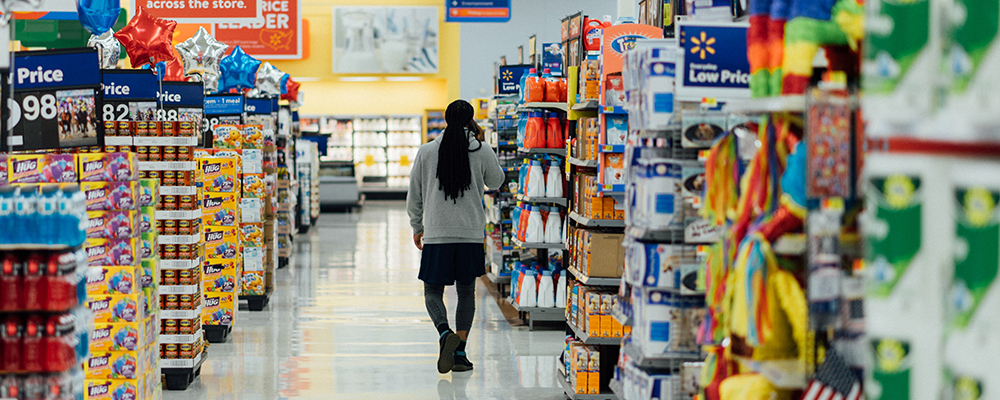
We hope you found our vegan label reading guide helpful! More information about animal-derived ingredients/products used in food manufacturing is available at Happy Cow.

